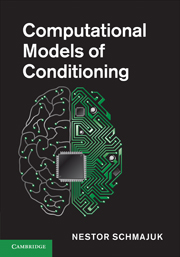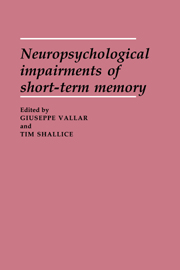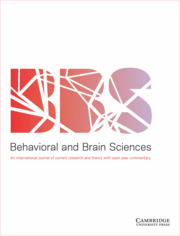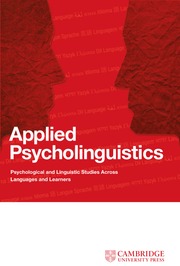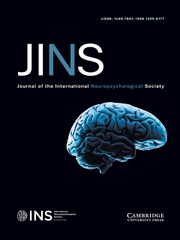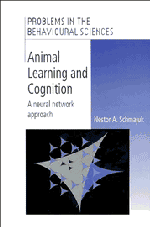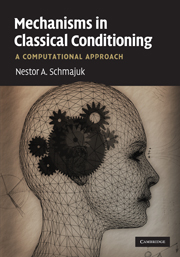Computational Models of Conditioning
Since first described, multiple properties of classical conditioning have been discovered, establishing the need for mathematical models to help explain the defining features. The mathematical complexity of the models puts our understanding of their workings beyond the ability of our intuitive thinking and makes computer simulations irreplaceable. The complexity of the models frequently results in function redundancy, a natural property of biologically evolved systems that is much desired in technologically designed products. Experts provide the latest advancements in the field and present detailed descriptions of how the models simulate conditioned behaviour and its physiological bases. It offers advanced students and researchers examples of how the models are used to analyse existing experimental results and design future experiments. This volume is of great interest to psychologists and neuroscientists, as well as computer scientists and engineers searching for ideas applicable to the design of robots that mimic animal behaviour.
- The contributions from other authors provide a description of alternative conditioning models to uncover the 'big picture' in current modeling, providing a useful single source of information for current researchers in this area
- Conceptual descriptions of the models are provided, making the content accessible to readers who may not be able to assimilate complex mathematical data
- An analysis of how the differing models can be applied to experiments is provided, allowing advanced students and researchers to plan future experiments to research conditioning behaviour
Product details
December 2010Hardback
9780521113649
284 pages
253 × 178 × 13 mm
0.71kg
74 b/w illus. 15 tables
Available
Table of Contents
- Introduction
- 1. Evolution of attention in learning John K. Kruschke and Richard A. Hullinger
- 2. The arguments of associations Justin A. Harris
- 3. The hybrid modeling approach to conditioning Michael E. Le Pelley
- 4. Within-compound associations: models and data James E. Witnauer and Ralph R. Miller
- 5. Associative modulation of US processing: implications for understanding of habituation Allan R. Wagner and Edgar H. Vogel
- 6. Attention, associations, and configurations in conditioning Nestor A. Schmajuk, Munir G. Kutlu, Joseph Dunsmoor and José A. Larrauri
- 7. Computer simulation of the cerebellum Michael D. Mauk
- 8. Towards a neural-network interpretation of the operant-respondent distinction José E. Burgos
- Index.

